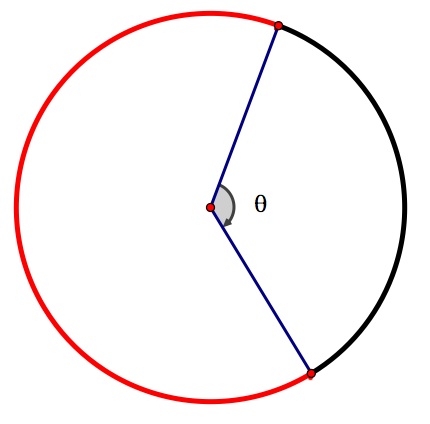

Surfaces of real objects are never perfectly flat." He went on to write that inaccuracies in the precision of measurements lead to greater inaccuracies when those measurements are put into ratios, so claims about ancient buildings or art conforming to phi should be taken with a heavy grain of salt. (Image credit: Dan Breckwoldt (opens in new tab) Shutterstock (opens in new tab)) (opens in new tab)īut as Markowsky pointed out in his 1992 paper in the College Mathematics Journal, titled "Misconceptions About the Golden Ratio": "measurements of real objects can only be approximations. But measurements are inherently imprecise and arbitrary, so the pyramids aren't accurate examples of the golden ratio. Phi enthusiasts like to point out that the Pyramids of Giza, built between 25 BC, were constructed in the golden ratio. Others claim that the Greeks used phi in designing the Parthenon or in their beautiful statuary. More sober scholars routinely debunk such assertions.įor instance, phi enthusiasts often mention that certain measurements of the Great Pyramid of Giza, such as the length of its base and/or its height, are in the golden ratio. Novelist Dan Brown included a long passage in his bestselling book "The Da Vinci Code" (Doubleday, 2000), in which the main character discusses how phi represents the ideal of beauty and can be found throughout history.

It wasn't until the 1800s that American mathematician Mark Barr used the Greek letter Φ (phi) to represent this number.Īs evidenced by the other names for the number, such as the divine proportion and golden section, many wondrous properties have been attributed to phi. Pacioli used drawings made by Leonardo da Vinci that incorporated phi, and it is possible that da Vinci was the first to call it the "sectio aurea" (Latin for the "golden section"). Italian Renaissance mathematician Luca Pacioli wrote a book called "De Divina Proportione" ("The Divine Proportion") in 1509 that discussed and popularized phi, according to Knott. Though people have known about phi for a long time, it gained much of its notoriety only in recent centuries. Interestingly, if you extend the Fibonacci sequence backward - that is, before the zero and into negative numbers - the ratio of those numbers will get you closer and closer to the negative solution, little phi −0.6180339887… Does the golden ratio exist in nature? It is also associated with many misconceptions.īy taking the ratio of successive Fibonacci numbers, you can get closer and closer to phi. Phi is closely associated with the Fibonacci sequence, in which every subsequent number in the sequence is found by adding together the two preceding numbers. Related: The 11 Most Beautiful Mathematical Equations
Goldenratio in circle plus#
This is five raised to the one-half power, times one-half, plus one-half. One final and rather elegant way to represent phi is as follows: (notice how the numbers after the decimal point are the same) and is sometimes known as little phi. The first solution yields the positive irrational number 1.6180339887… (the dots mean the numbers continue forever) and this is generally what's known as phi.

This representation can be rearranged into a quadratic equation with two solutions, (1 + √5)/2 and (1 - √5)/2.


 0 kommentar(er)
0 kommentar(er)
